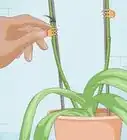This article was co-authored by Monique Capanelli. Monique Capanelli is a Plant Specialist and the Owner and Designer for Articulture Designs, an innovative design firm and boutique in Austin, Texas. With over 15 years of experience, Monique specializes in interior botanical design, living walls, event decor, and sustainable landscape design. She attended the University of Texas at Austin. Monique is a Certified Permaculture Designer. She provides plant and botanical design experiences, from small gifts to entire transformations, to shoppers as well as commercial clients including Whole Foods Market and The Four Seasons.
There are 10 references cited in this article, which can be found at the bottom of the page.
This article has been viewed 24,328 times.
Vanda orchids are tropical plants that do well in a warm, humid environment. The flowers are about 6 inches (15 cm) in diameter when they are in bloom and they come in a variety of colors. You can grow orchids outdoors in tropical regions, or indoors next to a sunny window. Growing orchids is easier than it might seem, but you will need to pot your orchids with the right type of growing medium, provide them with the ideal environment, and tend them carefully for best results.
Steps
Potting Vanda Orchids
-
1Choose healthy plants or seedlings. Check each of your plants or seedlings thoroughly before purchasing them. Look for an orchid with flowers that are partially open and some flowers that have yet to open. If all of the flowers have opened already, then it will be difficult to evaluate the health of the plant. Inspect the petals for fungal spots and pests, which would indicate that the plant is not healthy.[1]
- The grower’s shop is also a good indication of a plant’s health. Consider the cleanliness of the shop, the attentiveness of the shop employees, and whether or not the grower is knowledgeable enough to answer your questions.
-
2Plan to pot the orchids in the spring. Spring is the best time to transfer an orchid to a new pot if you need to do so. Transferring an orchid at any other time of the year may cause undue stress to the plant and this may kill it.[2]
- Orchids become dormant in the winter and will begin to grow again in the spring. Try to time your transfer for early in the spring before the orchid starts growing and flowering.
Advertisement -
3Watch for roots creeping out of the pot. A sure sign that your orchid is ready for repotting is when you notice the roots of the orchid are creeping outside of the pot, such as around the bottom or the sides of the pot. Make sure to wait until after the orchid has bloomed to repot it though.[3]
- Don’t wait too long to repot your orchids! The roots should not grow more than 0.5 in (1.3 cm) before you repot it.
-
4Choose a coarse, well-draining orchid potting mix. Orchids require frequent watering and lots of oxygen to grow, so a loose growing medium is ideal. Placing an orchid in regular soil will likely kill it. Instead, choose a special orchid posting mix, bark chips, tree fern, or stones as the growing medium.[4] This will help to ensure that your orchid will have a solid foundation for its roots, but will not get soggy from frequent watering.[5]
- Check your local nursery or garden center for a special potting mix for orchids. If you are not sure what to buy, ask an employee for a recommendation.
-
5Fill a well-draining pot or wooden, slatted basket with soil. The new pot or basket should be 1 to 2 inches (2.5 to 5.1 cm) larger than the old pot.[6] Make a well in the center of the soil to place the orchid into. Then, cover the roots of the orchid with additional soil, but do not pack it tightly.[7]
- You may also keep your vanda orchids in hanging baskets outdoors during the summer months.[8]
Creating the Ideal Growing Environment
-
1Place the orchids on trays covered with gravel and water. Humidity is crucial for orchids to grow properly.[9] Monitor the humidity and try to keep it between 75 and 85%.[10] Provide your orchids with humidity by placing some gravel on a tray and pouring water over the gravel. Place your orchids on the gravel and replenish the water as needed. The heat from the orchid’s environment will cause the water to disperse into the air.[11]
- You may also place a humidifier in the area where you keep the orchids to ensure adequate humidity.
- You can also mist the orchids to provide extra humidity when the weather is hot.
- Make sure that the water line is below the bottom of the orchid’s pot. The orchid should not be sitting in a pool or water because this may cause the roots to rot.[12]
-
2Provide full sun or bright lights for 14 to 16 hours per day. Orchids need a lot of sunlight or light from bright fluorescent lights to grow. Place your orchids in a sunny, south-facing window or under a bright fluorescent lightbulb for 14 to 16 hours per day.[13]
- You can protect your orchids from getting burnt by powerful midday sun by placing a sheer curtain over the window and ensuring that it is between the window and your orchids.[14]
-
3Keep the temperature around 80 °F (27 °C) degrees. The ideal temperatures for your orchids are between 60 to 70 °F (16 to 21 °C) during the night and no more than 95 °F (35 °C) during the day. Keep a thermometer in the area where you keep your orchids to check the temperature and ensure that they are warm enough, but also not too hot.[15]
- You may want to bring your orchids in at night during the cooler months or when temperatures are expected to drop below 60 °F (16 °C).
- Watch the temperatures on warm, sunny days if you keep your orchids outdoors. Bring them in out of the sun if the temperatures go above 95 °F (35 °C).
-
4Check for water-logged roots to prevent rotting, diseases, and pests. As long as the soil is draining well, diseases and pests should not be an issue for indoor orchids. Check the soil once every week to ensure that it is draining well and the roots are not getting soggy.[16]
- If the soil is holding onto water, then you may need to provide a different growing medium or transfer the orchid to a wood slatted basket.
Watering and Fertilizing Vanda Orchids
-
1Check the moisture level of your orchid’s growing medium. Orchids need lots of water to thrive, but the coarse growing medium means that the water will drain quickly.[17] Insert a pencil, wooden skewer, or your finger into the growing medium to check the growing medium’s moisture. If the pencil, wooden skewer, or your finger comes out dry, it’s time to water. If the pencil or skewer looks dark or your finger feels moist, then you do not need to water yet.[18]
- You may also be able to determine when to water your orchids by the feel of the pot. Pick the pot up right after watering to feel its weight, then pick it up when the growing medium is dry. Do this several times to learn what a dry and moist orchid feels like, so you can use weight to determine when to water.
-
2Water the orchid first thing in the morning with lukewarm water. Pour the water from a watering can onto the orchid for 15 seconds. Then, let the pot drain for 15 minutes, such as in the sink or outside. Do not let the plant sit in a pool of water.[19]
- Avoid using distilled or salt-softened water. Just use plain tap water to water your orchids.
- Rainwater is very suitable for orchids because it nourishes them.[20]
-
3Water your plants daily or twice weekly. Orchids require lots of water when they are growing and in bloom. You will most likely need to water your orchids daily if they are in wooden, slatted baskets or twice weekly if they are in pots.[21]
- When the plant is dormant, such as during the winter months, you may only need to water your orchid once per week. Check the growing medium every couple of days to ensure that it is moist and determine when to water.[22]
-
4Fertilize your orchids weekly or along with waterings. You can apply a 20-20-20 fertilizer to the orchids once per week or you can dilute 1 part fertilizer with 4 parts water and use this solution to water your orchids. Make sure to choose a fertilizer that is meant for orchids for best results.[23]
- You will only need to fertilize your orchids once per month during the winter months.[24]
Expert Q&A
-
QuestionWhere should I grow my orchid plant?
 Monique CapanelliMonique Capanelli is a Plant Specialist and the Owner and Designer for Articulture Designs, an innovative design firm and boutique in Austin, Texas. With over 15 years of experience, Monique specializes in interior botanical design, living walls, event decor, and sustainable landscape design. She attended the University of Texas at Austin. Monique is a Certified Permaculture Designer. She provides plant and botanical design experiences, from small gifts to entire transformations, to shoppers as well as commercial clients including Whole Foods Market and The Four Seasons.
Monique CapanelliMonique Capanelli is a Plant Specialist and the Owner and Designer for Articulture Designs, an innovative design firm and boutique in Austin, Texas. With over 15 years of experience, Monique specializes in interior botanical design, living walls, event decor, and sustainable landscape design. She attended the University of Texas at Austin. Monique is a Certified Permaculture Designer. She provides plant and botanical design experiences, from small gifts to entire transformations, to shoppers as well as commercial clients including Whole Foods Market and The Four Seasons.
Plant Specialist An orchid plant needs dappled sunlight. You can grow it in a hanging basket attached to a tree with a wire.
An orchid plant needs dappled sunlight. You can grow it in a hanging basket attached to a tree with a wire. -
QuestionIs rainwater suitable for orchids?
 Monique CapanelliMonique Capanelli is a Plant Specialist and the Owner and Designer for Articulture Designs, an innovative design firm and boutique in Austin, Texas. With over 15 years of experience, Monique specializes in interior botanical design, living walls, event decor, and sustainable landscape design. She attended the University of Texas at Austin. Monique is a Certified Permaculture Designer. She provides plant and botanical design experiences, from small gifts to entire transformations, to shoppers as well as commercial clients including Whole Foods Market and The Four Seasons.
Monique CapanelliMonique Capanelli is a Plant Specialist and the Owner and Designer for Articulture Designs, an innovative design firm and boutique in Austin, Texas. With over 15 years of experience, Monique specializes in interior botanical design, living walls, event decor, and sustainable landscape design. She attended the University of Texas at Austin. Monique is a Certified Permaculture Designer. She provides plant and botanical design experiences, from small gifts to entire transformations, to shoppers as well as commercial clients including Whole Foods Market and The Four Seasons.
Plant Specialist Rainwater works like magic for orchids. It contains nutrients that nourish the plants.
Rainwater works like magic for orchids. It contains nutrients that nourish the plants. -
QuestionMy vanda orchid has a long root system. Many of these roots seem to be dried out. Can I remove these roots and repot the orchid?
 Rebekah ArmstrongCommunity AnswerYou can remove the dry roots before you repot, but if you have more than one vanda orchid, make sure you briefly flame sterilize your cutting tool so you don't spread orchid viruses.
Rebekah ArmstrongCommunity AnswerYou can remove the dry roots before you repot, but if you have more than one vanda orchid, make sure you briefly flame sterilize your cutting tool so you don't spread orchid viruses.
Things You’ll Need
- Orchid seedlings or full-grown orchid
- Orchid growing medium
- Pot or wood slatted basket
- Watering can
- Pencil or wood skewer
- 20-20-20 fertilizer
- Plastic tray
- Rocks or gravel
References
- ↑ http://www.aos.org/orchids/orchid-care/what-should-i-look-for-when-i-buy-an-orchid.aspx
- ↑ http://www.aos.org/orchids/culture-sheets/vanda.aspx
- ↑ https://www.bhg.com/gardening/houseplants/care/how-do-i-repot-my-orchid/
- ↑ http://www.aos.org/orchids/additional-resources/orchids-indoors.aspx
- ↑ http://www.orchidsmadeeasy.com/vanda/
- ↑ https://www.bhg.com/gardening/houseplants/care/how-do-i-repot-my-orchid/
- ↑ http://www.aos.org/orchids/culture-sheets/vanda.aspx
- ↑ http://www.landscape-and-garden.com/Orchids/VandaOrchid
- ↑ Monique Capanelli. Plant Specialist. Expert Interview. 22 September 2020.
- ↑ http://www.orchidsmadeeasy.com/vanda/
- ↑ http://www.aos.org/orchids/culture-sheets/vanda.aspx
- ↑ http://www.aos.org/orchids/orchid-care/how-do-i-water-my-orchid.aspx
- ↑ http://www.aos.org/orchids/culture-sheets/vanda.aspx
- ↑ http://www.orchidsmadeeasy.com/vanda/
- ↑ http://www.aos.org/orchids/culture-sheets/vanda.aspx
- ↑ http://www.orchidsmadeeasy.com/vanda/
- ↑ http://www.aos.org/orchids/culture-sheets/vanda.aspx
- ↑ http://www.aos.org/orchids/orchid-care/how-do-i-water-my-orchid.aspx
- ↑ http://www.aos.org/orchids/orchid-care/how-do-i-water-my-orchid.aspx
- ↑ Monique Capanelli. Plant Specialist. Expert Interview. 22 September 2020.
- ↑ http://www.orchidsmadeeasy.com/vanda/
- ↑ http://staugorchidsociety.org/PDF/WateringOrchidsDuringEachSeasonbySueBottom.pdf
- ↑ http://www.aos.org/orchids/culture-sheets/vanda.aspx
- ↑ http://www.orchidsmadeeasy.com/vanda/
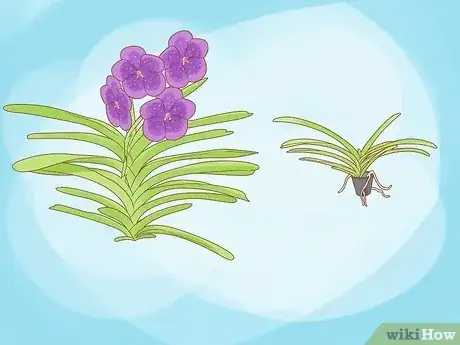


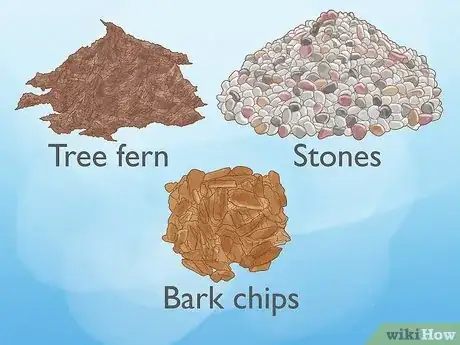
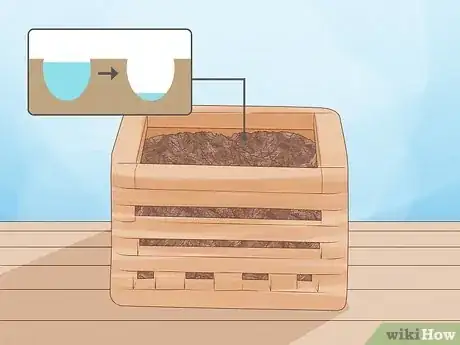
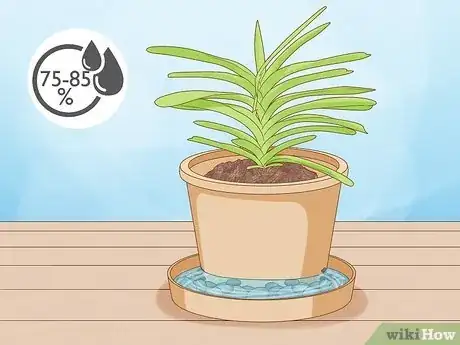

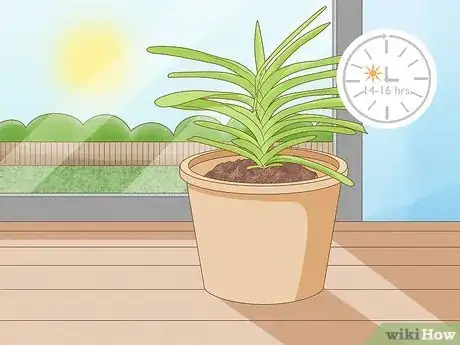
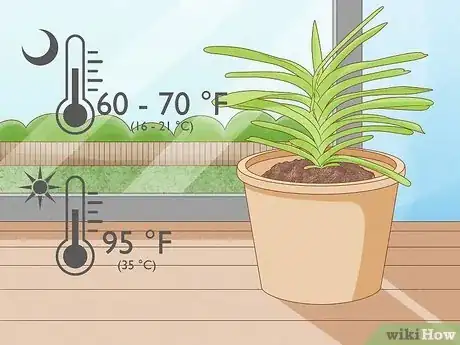

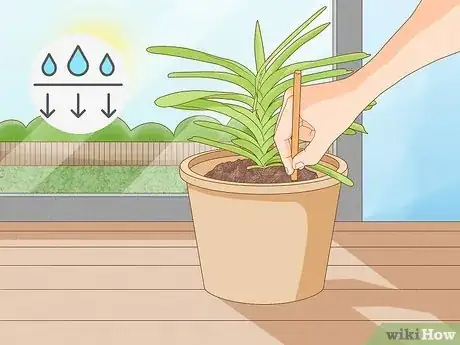

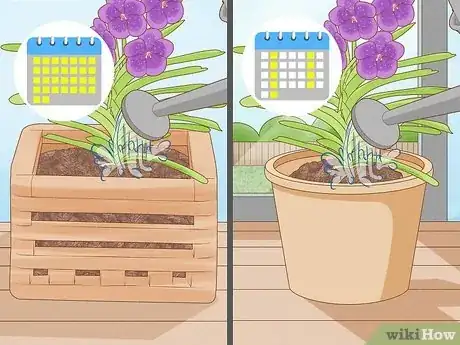

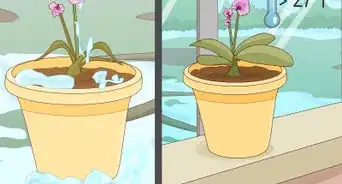
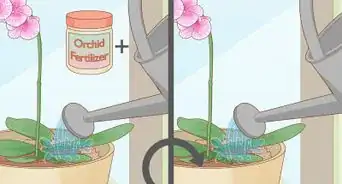

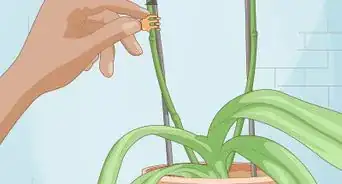
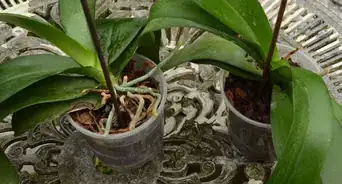

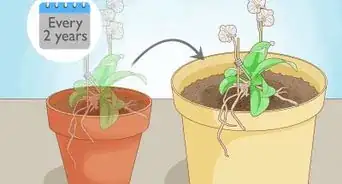


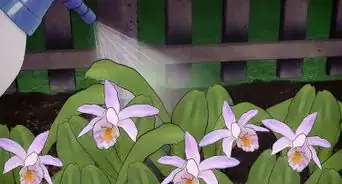
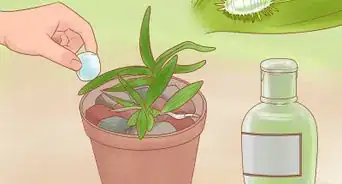

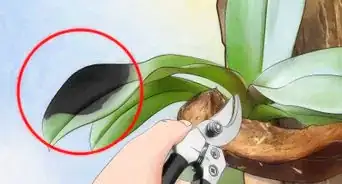
-Step-8.webp)









